
On the coming night, the Moon, waning after the full moon, will be near the Pleiades open star cluster — it will pass 3 degrees south.
The Pleiades is the most beautiful open star cluster in the northern sky. It is perfectly visible to the eye — even with the Moon, although if the Moon is very close, it will be more difficult to see the Pleiades — someone will not see them with the eye. But it will be possible to observe the approach of the Moon to the Pleiades with binoculars or a spyglass — both will fit perfectly in one field of view.
It is believed that people with average (normal vision) see 6-7 stars in the Pleiades. People with excellent vision see 10-12 stars in the Pleiades — on a moonless night, of course. And those observers, who have a dozen of the brightest stars in the whole sky without glasses, see only one in the Pleiades — the brightest — Alcyone. Alcyone is by far the most luxurious diamond in all this starry placer. By the way, usually people with a little myopia or farsightedness see the Pleiades as a small foggy cloud in the sky. There is even an opinion that the observation of the Pleiades, as well as astronomical observations in general, is a very effective means for improving vision. With each subsequent night, the observer's skills increase, and more and more stars become visible.
But on the coming night, the Moon will "eat" most of the stars. The phase of the Moon will be quite large: 89%. It will be bright and located high in the sky. Faint stars and meteors cannot be seen. But you can try to take a photograph of the Moon near the Pleiades — the camera usually sees the stars better than a human. And then it will be possible to admire such pictures and publish them on social networks.
In the same constellation — in Taurus — there will be a bright, very noticeable and distinctly red Mars. The Moon is moving in martian direction, in two days it will approach Mars. And in just a day, the Moon will be near the orange Aldebaran, although it will pass quite far north of the bloodshot eye of the "Enraged celestial bull."
In various countries of our blue globe, the approach of the Moon to the Pleiades this night will be observed a little differently.
In Eastern Europe and Asia, the Moon will go below the horizon even before its closest approach, and the next night it will rise being already far to the east of the Pleiades.
In Western Europe, the approach of the Moon is best observed. Here it will happen in the second half of the night or closer to dawn. In Canada, the United States and Mexico, the Moon will rise during or after its closest approach to the Pleiades. However, this will not prevent you from enjoying a beautiful picture of the group of winter constellations, in which the Moon will occupy a central place.
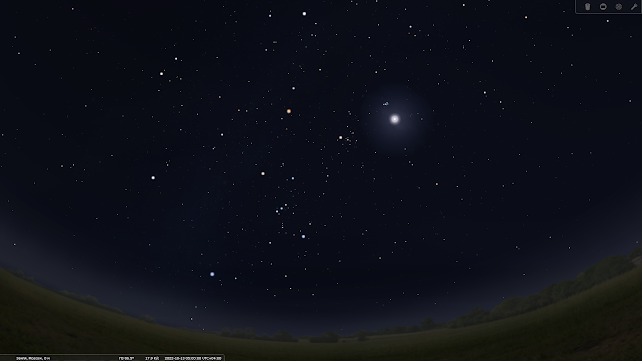



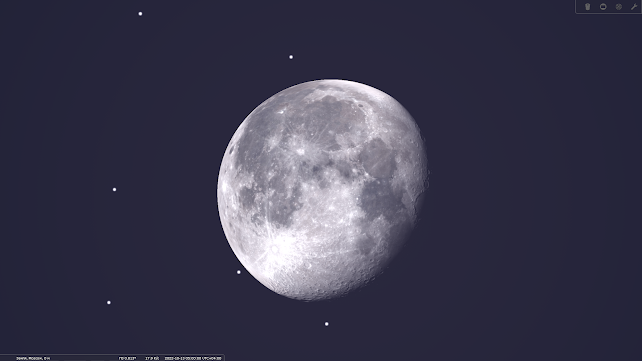
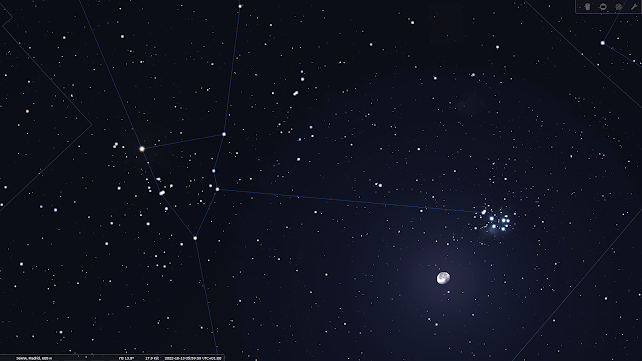
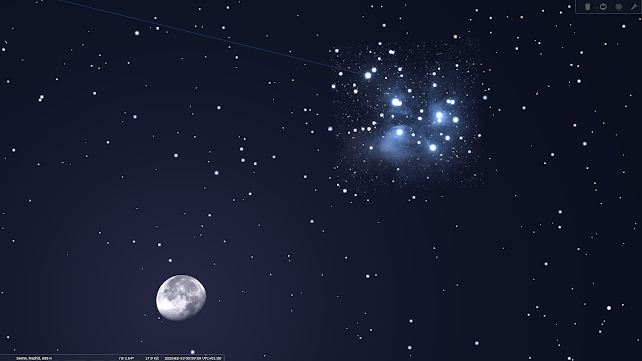
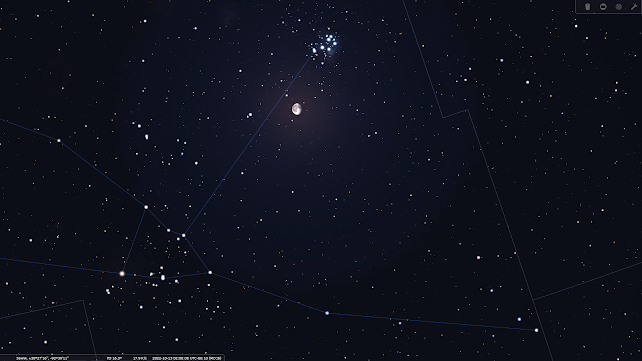
All illustrations gotten
using the Stellarium program
Publication author
Andrey Klimkovsky


No comments:
Post a Comment